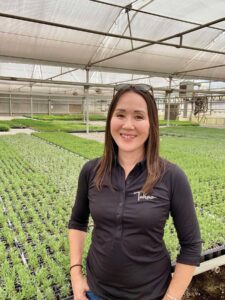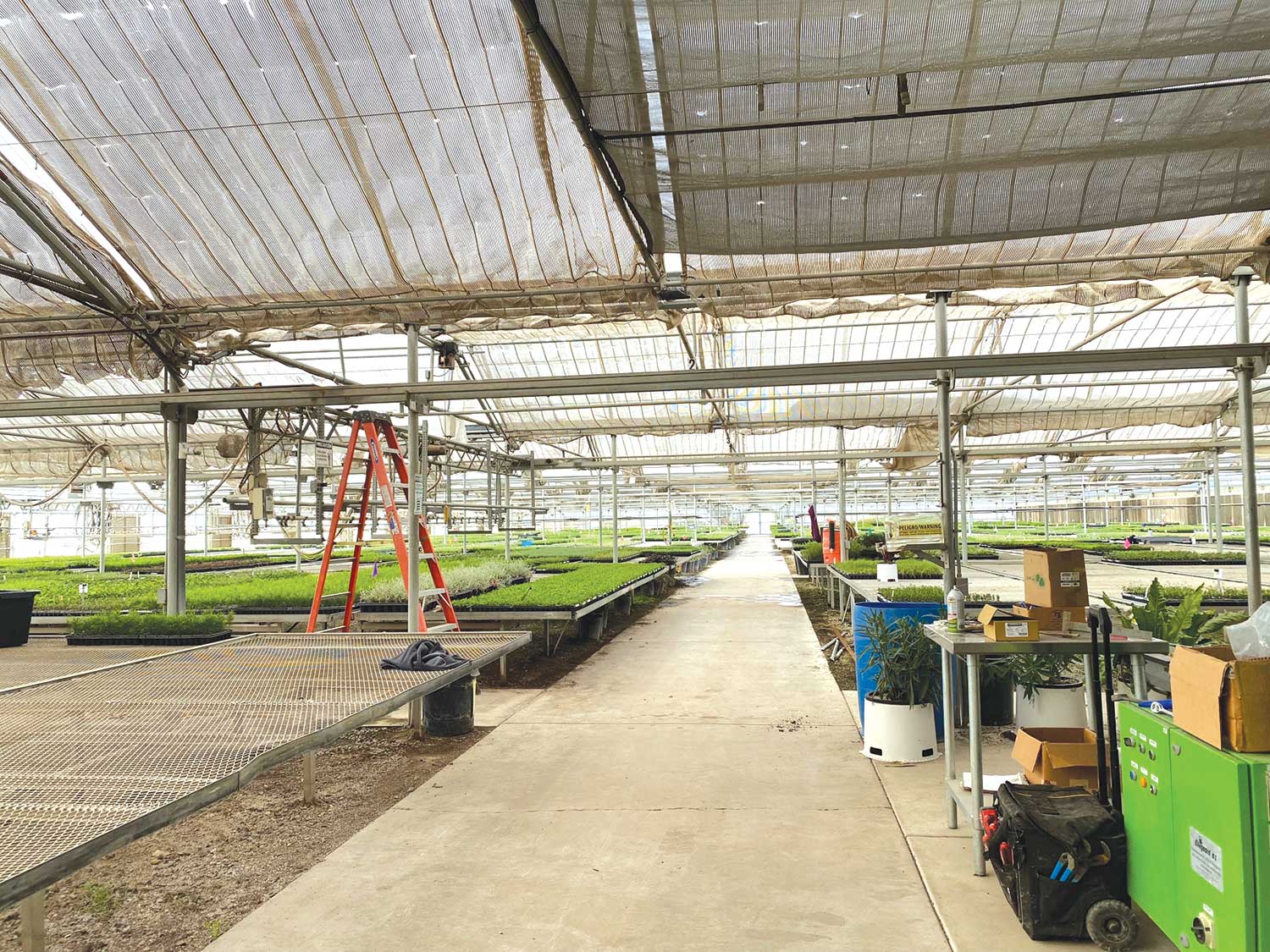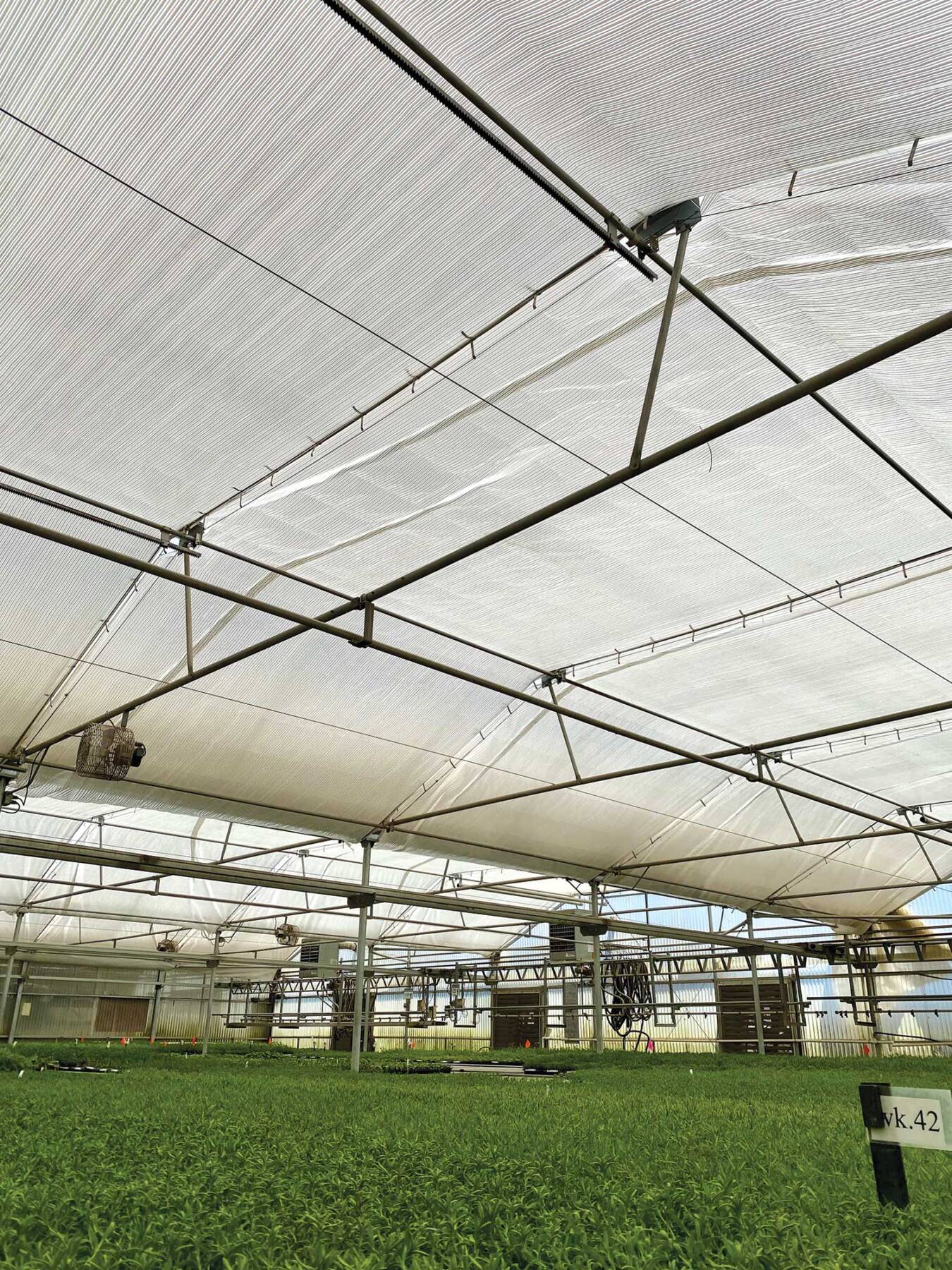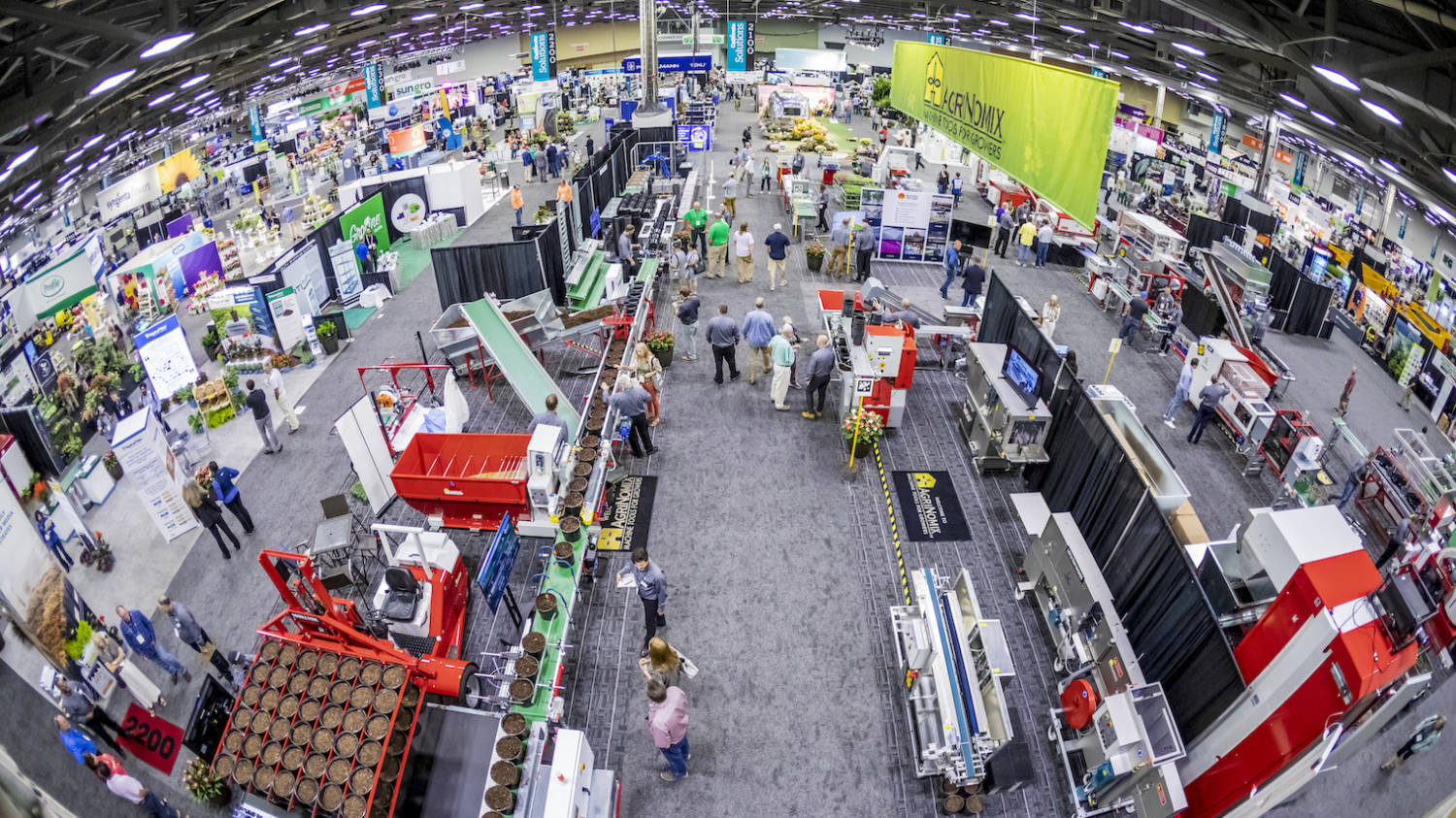USDA grants for energy efficiency in your greenhouse
For most controlled environment growers of ornamental and food crops, energy is one of their biggest costs, next to labor. USDA Rural Energy for America Program (REAP) has been set up to assist agricultural producers in obtaining guaranteed loan financing and grant funding to purchase renewable energy systems or to make improvements toward energy efficiency in their operations. The program also enables agricultural producers to apply for loans to help with new energy-efficient equipment and systems for agricultural production and processing.
To qualify for the program, companies must be located in rural areas with populations of 50,000 or less. Agricultural producers can submit projects to be located in non-rural areas as long as the project is associated with an on-site production operation.
REAP funds can be used for a variety of renewable energy systems including biomass, geothermal for electric generation or direct use, and wind and solar generation. Funds can also be used to purchase, build and install energy-efficient improvements like HVAC systems, insulation, lighting, cooling and refrigeration units, doors and windows, converting from diesel to electric irrigation motors and replacing energy-inefficient equipment.
REPLACING WORN ENERGY CURTAINS

Takao Nursery in Fresno, California, produces around 5.5 million starter plants annually. The company focuses on drought-tolerant perennials that are shipped throughout the U.S. and into Canada. The company operates about 4 acres of greenhouses with 2 acres used for liner production and the other half for mother stock production.
The greenhouse facility, which was built about 25 years ago, began to show signs of aging. While working with Microgrow Greenhouse Control Systems in 2023 to install a new propagation control system, Takao’s grower was referred to Dana Koppes, an energy consultant at Agritech Energy.
“We were told that Dana might be able to help reduce our energy costs by assisting us in applying for applicable grants for energy-efficient equipment,” said Lisa TakaoMcCall, director of operations at Takao Nursery. “Dana visited our facility and made recommendations on where he thought we could qualify. He identified grants and rebates applicable to us and also assisted us with the initial application process. A REAP grant was one of his recommendations based on our rural location.
“We initially were hoping the propagation control system we were replacing would qualify for a grant. Dana told us it didn’t qualify because it wasn’t more energy efficient and was just a replacement of our existing system. REAP projects are required to save energy and lower costs. He said that we could replace some exhaust fans that would qualify for a grant, but since the fans were still working well, we chose not to include those in our grant proposal.”
Takao’s greenhouse energy curtains had begun to deteriorate and became difficult to operate with the automated open/close control based on sunlight/ temperature.

“The curtains were certainly on our to-do list of replacements,” Takao-McCall said. “By the spring of 2023, the curtains’ continued deterioration forced us to leave them fixed in a half-open position to try and retain some of their shade protection without making the greenhouse too dark for the plants.”
WORKING WITH THE GOVERNMENT
Takao-McCall advises growers seeking a REAP grant not to remove any of their old equipment before receiving the grant.
“If we had taken out the curtains prior to receiving the grant, that would have voided the process for us,” she said. “Don’t start removing anything until full approval from USDA is confirmed.”
Growers interested in applying for a USDA grant or loan must possess a Unique Entity ID (UEI) prior to submitting an application.
“Submitting the UEI application probably took four to six weeks,” Takao-McCall said. Growers can’t apply for a REAP grant without having this ID number, so she started the application process right away.
Overall, a lot of paperwork is involved in applying for a REAP grant, Takao-McCall said.
“The application process is all done online through the USDA portal,” she said. “The government wants to verify a company’s tax returns and articles of incorporation. This can be a long process because there can be delays on their end to process the documentation required.”
WORKING WITH A CONSULTANT
The only cost to Takao Nursery, other than the time involved with completing the grant paperwork, was a onetime consultant fee.
“I would definitely recommend working with a consultant,” Takao-McCall said. “They are familiar with the process and can point out projects or programs that you might not be aware of, as was the case for us.”
Takao Nursery received 50% of the total project cost for replacing its curtains, which amounted to $22,802. The grower was also able to apply for an energy rebate with its utility provider, PG&E. It received a $34,000 rebate after project completion. The REAP grant along with PG&E’s rebate more than covered the total cost of the curtain replacement project.
“We weren’t aware of the rebate, which ended up being more than the REAP grant,” Takao-McCall said. “We were appreciative that Dana knew about the PG&E rebate. For us, working with him was well worth his fee. There are programs growers might qualify for that they aren’t aware of, and this is where a consultant can be a valuable partner.”

WORKING WITH VENDORS
Another unexpected issue that Takao-McCall encountered with processing the grant was related to the paperwork that needed to be completed by the vendors involved with supplying and installing the replacement curtains.
“There was paperwork from the government that the vendors had to sign off on, including that they held no liability to the government and that all the work was completed to the best of their knowledge,” she said. “Some of the paperwork is lengthy and not clear to the vendors. They kept asking questions about the different forms. They didn’t understand why there were all these legal forms for them to sign just so we could apply for the grant. I couldn’t submit the grant application until I had all the paperwork from everyone in one package.”
For growers who are planning to work with several vendors on a grant project, Takao-McCall recommends growers make the vendors aware that they are applying for a grant.
“This will allow growers to ask ahead of time for a contact with each vendor so they can explain what is going to be done and the paperwork that will need to be signed,” she said. “We probably could have tightened up the timeline if we had been able to process the paperwork more quickly.”
One of the biggest obstacles growers may face after receiving a REAP grant is equipment installation prior to receiving the grant payment.
“The curtains had to be installed prior to receiving reimbursement,” Takao-McCall said. “Having to pay for the equipment upfront may require having to obtain a loan. This is especially important that growers don’t overextend themselves with loans because it takes some time to receive compensation for the purchase.”
Once the project was completed, an equal amount of paperwork was submitted. And, it took another 2-3 months after the installation to receive compensation. Takao-McCall said even though the process was time-consuming, they would participate in the grant program again.









 Video Library
Video Library 


















